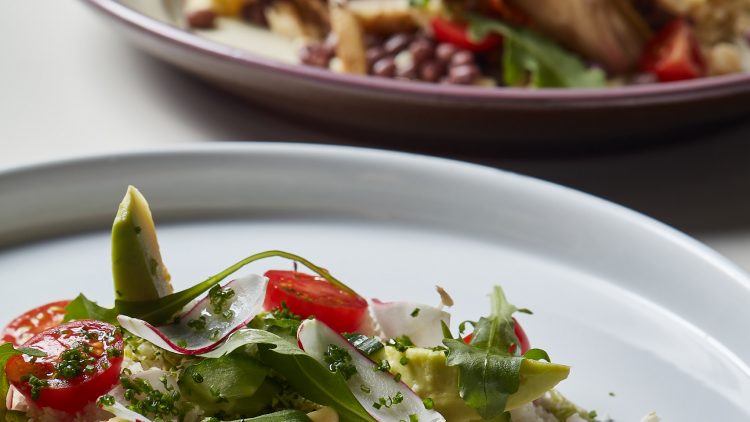
As clients move away from cost plus contracts, a nil subsidy contract is becoming increasingly popular. Nil subsidy contracts are not always easily achieved and are only successful where there is a high volume of customers to generate the required sales. A nil subsidy solution can have a lower percentage uptake of site population than a subsidised service because tariffs will typically be higher. To achieve nil subsidy, the relationship between tariff, gross profit, operating expenses, labour costs and caterer’s income need to be carefully balanced. Our guide describes each of these elements and what clients need to consider.
Tariff / sales volume
A lower subsidy typically means a higher tariff. This can be a barrier for employees using an in-house facility as opposed to the external competition. In order to establish the correct tariff, typical questions that are asked include;
- What are your employees’ catering expectations?
- What is the average salary?
- What is the internal and external competition?
- What price point are employees used to?
- What are the demographics of the customer base?
- What is the company’s attitude to catering and its position within their HR benefits policy?
Effective marketing and merchandising will help drive sales, but unlike a retailer or commercial venue, the potential customer base is capped and it is, in the main, repeat business. Similarly, discounting or special offers will only have a limited impact on driving sales. So, it’s vital to get the tariff right.
Food cost & gross profit (GP)
- Food cost and gross profit are directly linked; the cost of food products will be largely determined by ingredient quality and availability which impacts the market price.
- Caterers make a different GP on each product, which is dictated by what customers are willing to spend, as well as the mix of products they buy (sales mix).
- Hot beverages and breakfast items often deliver the highest GP, in contrast soft drinks and retail products typically delivery a lower GP.
- In general, customer expectation is that an in-house caterer’s prices should be less than the High Street, however in a nil subsidy contract this gap is typically much less.
- The overall GP will depend on the products sold and the actual sales mix.
Labour
- Labour is usually the highest cost for any contract.
- Great team members need to be paid very competitive wages and the difference great team members can make should not be underestimated.
- Labour is generally a fixed cost due to a core team being required on site.
- The core team required depends on the client’s service, opening hours, range of food offered, volume of food made on site and bought-in items.
- The level of business needs to be enough to support the labour, hence the importance of the number of employees on site.
- We recommend there are a minimum of 900 -1200 potential customers on site to run a nil subsidy contract.
Operating expenses
The client typically still pays the costs towards running a nil subsidy contract. Additional operating costs often sit outside the caterer’s budget i.e. hospitality services and free issue costs.
A nil subsidy budget can be tight – only the direct cost of sales should be included. All costs for new equipment, repair work, rentals or leases need to be considered separately.
Management fee
The management fee is for providing the knowledge, expertise and payment for managing the service. It will also include the caterer’s profit. The fee covers all legislative requirements, as well as HR and training, payroll, management support and food development. Nil subsidy contracts pose a higher risk for the caterer and therefore the management fee will reflect this and is often a higher management fee than a cost plus contract.
Next steps
Contact us if you would like to discuss how we can assist you in achieving a nil subsidy catering contract.
Glossary A-Z
Gross profit (GP)
The difference between the food cost and revenue that normally offsets part or all of the operating costs.
Labour costs
All the costs related to the employment of the team.
Management fee
Revenue received directly for operating the service to cover costs for employing and managing the people and services needed to deliver the service.
Operating expenses
Costs other than food, disposables (cups, napkins etc.), cleaning, consumables, uniform, laundry, postage, stationery, computer costs, equipment maintenance, kitchen deep clean, cash collections, equipment hire, quality assurance audits, light equipment replacements, travel costs, recruitment and advertising, marketing and promotion.
RRP
Recommended retail price.
Sales mix
The range and quantity of products sold.
Service level agreement (SLA)
Part of a service contract where the level of service is formally defined. The caterers income (however earned i.e. management fee) can be incentivised either on sales and/or SLA.
Subsidy
The bottom line cost to the client for a caterer to provide the catering service where the sales income is less than the costs of operation.
Tariff
Selling price
Expert advice
To share best practice, we have developed bartlett mitchell’s expert guides for workplace and contract catering. Download the pdf guide to Achieving a Nil subsidy contract or read our expert guide on how to develop a contract catering strategy
You can download our guide to achieving a nil subsidy contract here
Share on:
Find out how we can help you develop a contract catering strategy for your workplace catering
Contact us